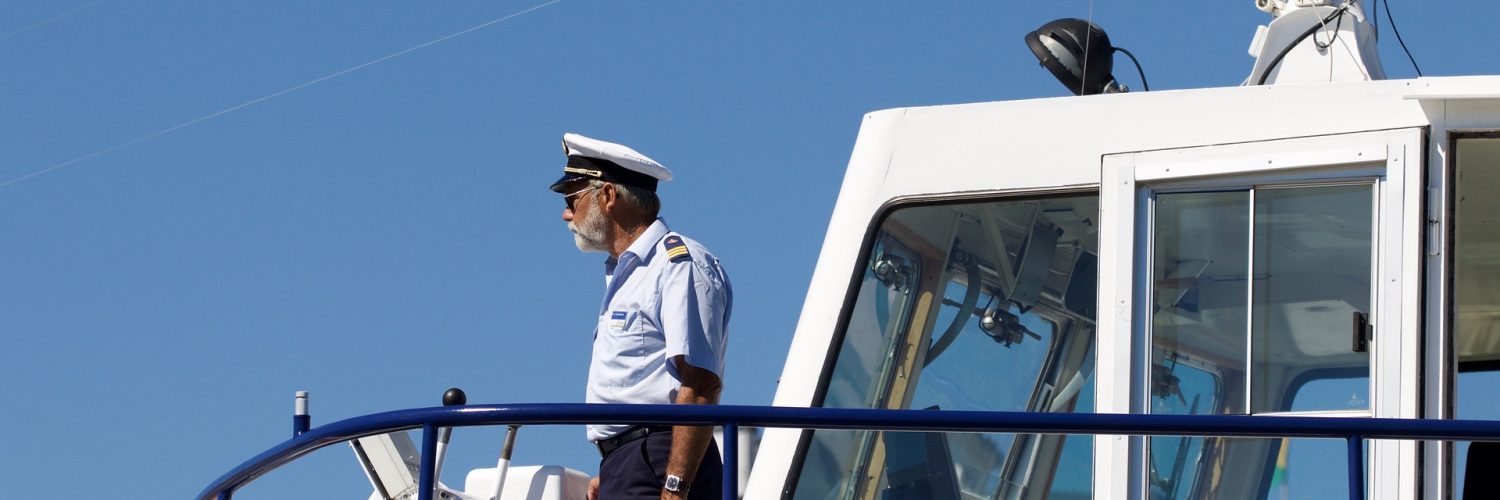1. Collision prevention
This is the number one function of the AIS. Because of AIS, maritime officials can quickly identify each vessel’s position, movement, and create a picture of it in real time. This is due to its automatic calculation mechanism such as the closest point approach or CPA, as well as its built in alarm system. Did you know that not all vessels have this in place? And did you know that it serves as a supplement to radar and not conflict with it? The invention of AIS has made binoculars and audio exchanges almost obsolete. However, if the ship runs out of power, these are still very handy. AIS can also be integrated with electronic charts or radio displays that can provide information about navigation in one display.
2. Fishing Fleet Control and Monitoring
The AIS is used extensively by maritime authorities to monitor and track the movement of national fishing fleets.
3. Vessel traffic services
With its conjunctive vessel traffic service function, AIS can help manage ship traffic and assist in the smooth flow of ships at sea.
4. Maritime security
Because of AIS, countries can monitor who are entering the economic zone thereby policing illegal activities that may happen.
5. Navigation assistance
Because of AIS, one can easily broadcast the position and name of approaching vessels and other objects. it can also be a position marker.
6. Search and rescue
AIS can help locate lost ships and ships that have gone off the radar. It can also help in accident investigation in case everything goes downhill for a particular ship.
